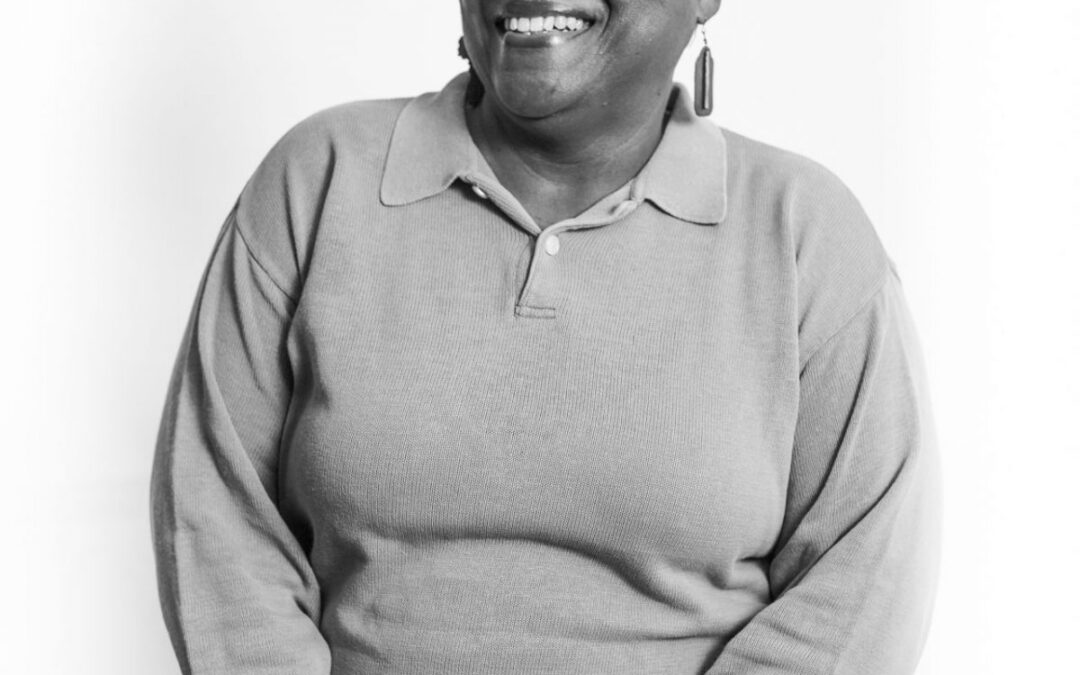Vicki Meek never thought she’d be anything but an artist. The Philadelphia native started taking art lessons when she was 8 years old and went on to earn a bachelor of fine arts from Temple University and a master of fine arts from the University of Wisconsin [MFA ’73]. She moved to Dallas in 1980 to marry her fiancé, who convinced her the Dallas art scene was all that. “I was beyond shocked,” she says. “The art scene wasn’t anything. I was depressed by that, but it took me very little time to decide to be a change agent in this city.” She worked at the South Dallas Cultural Center for almost 20 years as a manager, programmer and fundraiser. When she retired in 2016, she focused on bringing her artwork to Dallas. “I didn’t want to do that much before because my job was to promote local artists, and I didn’t want to compete with them.” Meek started her career as a sculptor but shifted her focus to art installations that examine Black life in America. She has permanent collections in the African-American Museum in Dallas, the Museum of Fine Arts in Houston and the Fort Wayne Museum of Art in Indiana. In January, her installation Stony the Road We Trod: A Shrine to Black America debuted at the Nasher Sculpture Center as the artist’s response to the Black Lives Matter movement.
ON ART: I couldn’t say what I wanted to say in one medium, and that’s why I started doing mixed medium. You can get a response from singular objects, but I wanted viewers to have an experience. I created ways for the audience to participate. My installations usually have sound or smell. It allows me to do a lot more.
HER INSPIRATION: When I first started doing my work in grad school, it was overtly political. I kept that thread, but when I had children, my whole life changed. They humanized me. I look at the situation of Blacks in America through a spiritual lens. It’s about trying to look at solutions through connecting to our ancestors and how our spiritual foundation has supported us through our struggles. Every now and then I’ll do something purely political, but my installations have been more about healing spaces instead of punch-you-in-the-face spaces.
ON HER NASHER INSTALLATION: I decided I was going to create a healing space for the Black community. It seemed to be a healing space for everybody. It involved a meditative space that people who came left very heartfelt responses. I got more than 300 affirmations.

